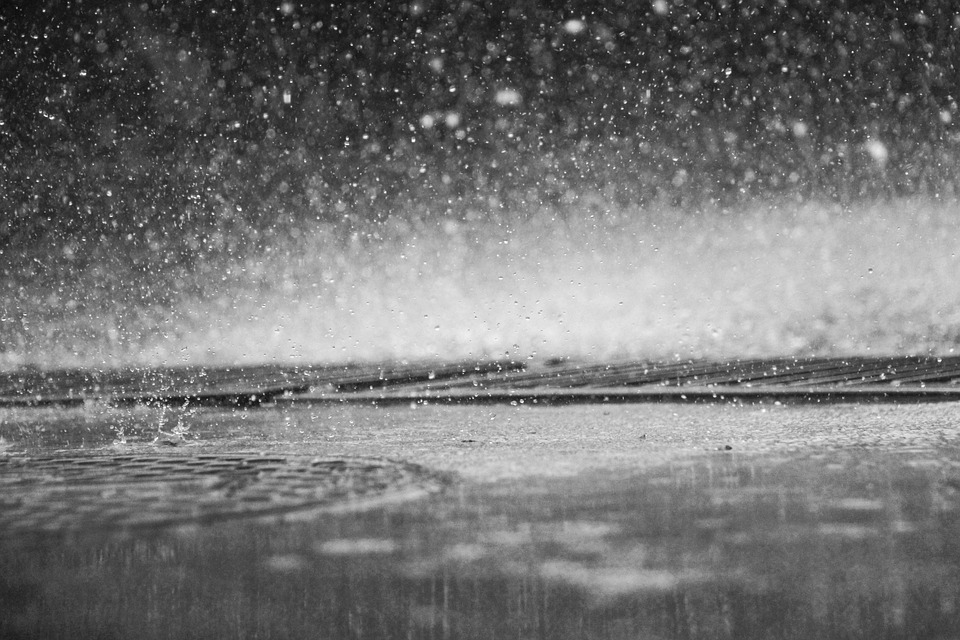National Weather Forecast
:no_upscale()/cdn.vox-cdn.com/uploads/chorus_asset/file/23046084/national_highsd2.jpeg)
:no_upscale()/cdn.vox-cdn.com/uploads/chorus_asset/file/23046086/national_day2map.jpeg)
A system in the Great Lakes will bring rain and snow from the Great Lakes to the Northeast on Sunday, while another warm front stretching into the Upper Midwest could bring wintry precipitation by the evening and overnight hours. An area of low pressure in the Gulf of Mexico with a cold front stretching into the Deep South could bring showers to the Gulf Coast and lower Mississippi Valley. Rain and snow will continue to impact portions of the Pacific Northwest.
:no_upscale()/cdn.vox-cdn.com/uploads/chorus_asset/file/23046087/national_3dayprecipsnow.jpeg)
The heaviest snow over the next few days looks to fall downwind of the Great Lakes, with several inches expected to accumulate in some locations, especially near Lake Erie. The heaviest rain will be up in the Pacific Northwest as atmospheric rivers continue to impact the region with some of the heaviest falling near the coast and at higher elevations.
_______________________________________________
New York’s Right to ‘a Healthful Environment’ Could Be Bad News for Fossil Fuel Interests
More from Inside Climate News: “When New York regulators denied a key permit to the controversial Williams Pipeline in early 2020, in part because it conflicted with the state’s climate law, environmental policy experts called it a potential turning point. No longer could developers pitch major fossil fuel projects in the state without expecting serious regulatory scrutiny or legal challenges, climate campaigners said, touting the decision as a victory for the state’s clean energy aspirations. That forecast was reinforced in October. State regulators denied permits for two proposed natural gas power plants, again citing the landmark climate law, which requires New York to transition its power sector to net-zero emissions by 2040 and to reduce overall greenhouse gas emissions 85 percent below 1990 levels by 2050.”
Living walls can reduce heat lost from buildings by over 30%, study shows
More from the University of Plymouth: “Retrofitting an existing masonry cavity walled building with a green or living wall can reduce the amount of heat lost through its structure by more than 30%, according to new research. The study, conducted at the University of Plymouth, centred around the Sustainability Hub – a pre-1970s building on the university campus – and compared how effectively two sections of its walls retained heat. Despite being on the same west-facing elevation, one of those sections had been retrofitted with an exterior living wall façade, comprised of a flexible felt fabric sheet system with pockets allowing for soil and planting.”
Climate emergency accelerates F1’s efforts to clean up its image
More from The Guardian: “The gas-guzzling behemoth, the gaudy polluter roaring its indifference to the problems facing the planet, Formula One has an image problem in the climate emergency age. But is it a fair judgment any more? F1’s sporting director, Ross Brawn, believes that the sport’s technological battleground is turning into an environmental science lab pursuing solutions to issues that cannot be ignored. F1 has much to do to make a difference but it is taking a path that deserves recognition and perhaps reassessment of how it is perceived. Brawn describes the new direction as compulsory both commercially and morally. “Every thinking person is concerned about climate change,” he says. “I am concerned about it, my engineers are concerned about it – it’s something we can’t ignore. It would be very rewarding for F1 to demonstrate the technology we can take forward to contribute to the reduction of greenhouse gases.”
_______________________________________________
Thanks for checking in and have a great day! Don’t forget to follow me on Twitter (@dkayserwx) and like me on Facebook (Meteorologist D.J. Kayser).
– D.J. Kayser
:no_upscale()/cdn.vox-cdn.com/uploads/chorus_asset/file/22162871/dj.png)

